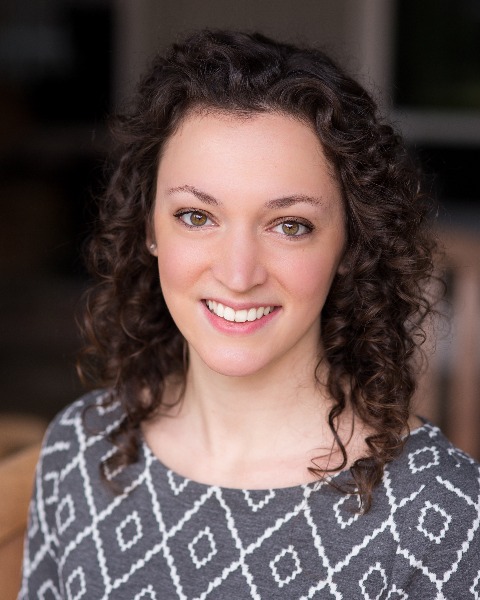Academic Education (AE)
PP201 - Perspectives on Auditory Evoked Potentials and Neuroscience in Audiology Education

Jane Mondul, AuD, PhD (she/her/hers)
Postdoctoral Research Fellow
Johns Hopkins UniversityDisclosure(s): No financial or nonfinancial relationships to disclose.

Samantha Hauser, AuD
PhD Student
Purdue University
Purdue University
West Lafayette, IndianaDisclosure(s): No financial or nonfinancial relationships to disclose.
- JR
Jordan Racca
Disclosure(s): No financial or nonfinancial relationships to disclose.
Lead Presenter(s)
Presenter(s)
Contributor(s)
The role of neuroscience in audiology is evolving. Auditory evoked potentials (AEPs) are now common in many clinical settings and recent evidence suggests an important link between hearing and overall brain health. Despite this, the relevance and necessity of comprehensive neuroscience training is not clear to many audiology professionals. We assessed perspectives on AEP and neuroscience education in audiology from three viewpoints: didactic educators, clinical preceptors, and audiology students. Survey respondents generally viewed AEP and neuroscience education as valuable to clinical practice and an avenue to advance the profession. However, many suggested tailoring training toward what is most clinically relevant.
Summary:
Neuroscience education underlies the Accreditation Commission for Audiology Education’s educational competency to “explain basic cell, organ, and body systems, with special emphasis on the auditory and vestibular/balance system and their interrelationships to the body as a whole…” Furthermore, neuroscience serves as foundational knowledge for understanding auditory electrophysiology and nearly all auditory pathophysiologies. Despite this, the content of neuroscience education is variable among Au.D. programs and the relevance of neuroscience training that extends beyond the auditory system is not clear to many Au.D. students and clinicians. Based on these observations, we assessed current perspectives on neuroscience and auditory evoked potential (AEP, one direct clinical application of neuroscience) education within audiology from three important viewpoints: didactic educators, clinical preceptors, and audiology students. The aims of this study were to describe the prevalence and extent of AEP and neuroscience training in the Au.D. curriculum among U.S. institutions and to assess the attitudes of students and audiologists toward this training.
Study participants completed a survey regarding familiarity with different neuroscience and AEP concepts and to rate the perceived value of this education. Each respondent was also given the opportunity to describe why they provided a given rating. Of the 537 survey respondents, 228 were Au.D. students and 309 were clinicians and educators. Qualitative analysis of the free response comments using the framework method revealed perspectives that fit into one or more of the following themes: clinical practice, understanding beyond practice, educational considerations, and professional issues. Educators, clinicians, and audiology students generally perceived the value and relevance of AEP and neuroscience education to clinical practice. While more clinicians and educators than students reported that neuroscience education was “very important” in audiology, clinicians and students shared similar thematic rationales for their ratings. Respondents commonly cited the clinical application of AEPs as the reason for their ranking, often describing the value for testing specific patient populations. In contrast, respondents cited a wider range of rationales to support their importance ranking for neuroscience education. Approximately 10% of students and audiologists reported that neuroscience and AEP training helps support the future of the audiology profession and distinguishes audiologists from other providers such as hearing instrument specialists and technicians. When asked about the educational value of specific topics in neuroscience and AEPs, participants responded more favorably for topics with greater clinical relevance. For example, 80-90% of respondents perceived the value of education on topics related to the acquisition, analysis, and interpretation of auditory brainstem responses, whereas less than 30% of respondents perceived the value of other AEPs. Similarly, 80-90% of respondents perceived the value of topics in systems neuroscience and the neuroscience of auditory disorders, whereas only 25-50% found value of topics in neuroscience methods, cellular and molecular neuroscience, and cognitive neuroscience. This study provides evidence to support the value of neuroscience and AEP education in audiology. Graduate Au.D. programs and undergraduate communication sciences and disorder programs should consider these findings in the development of curricula and coursework.Learning Objectives:
